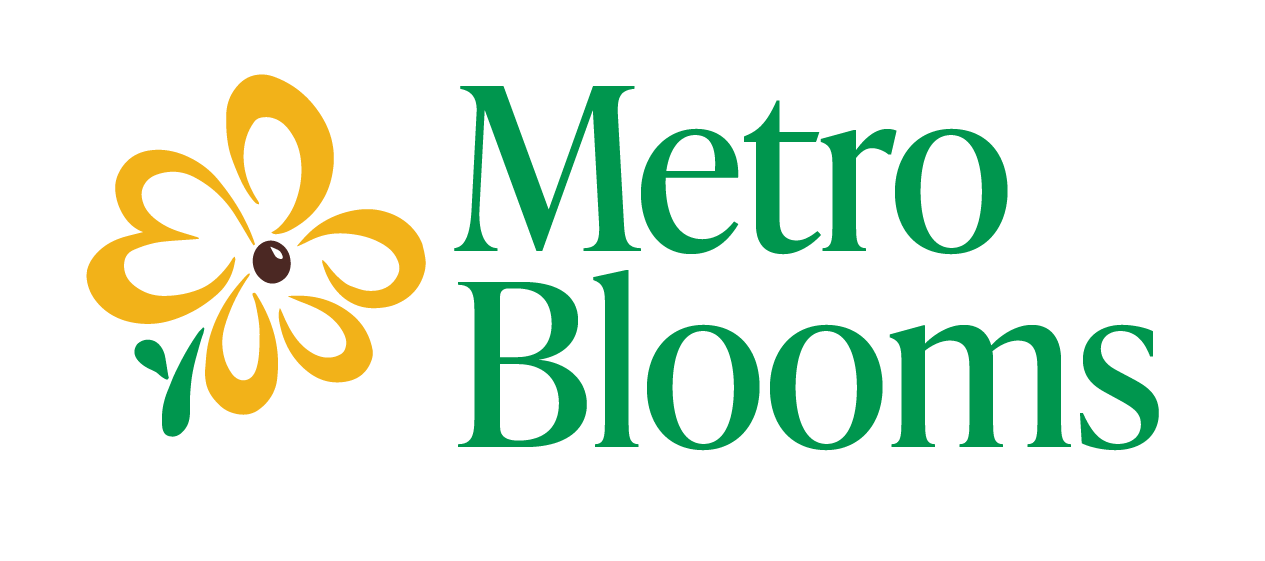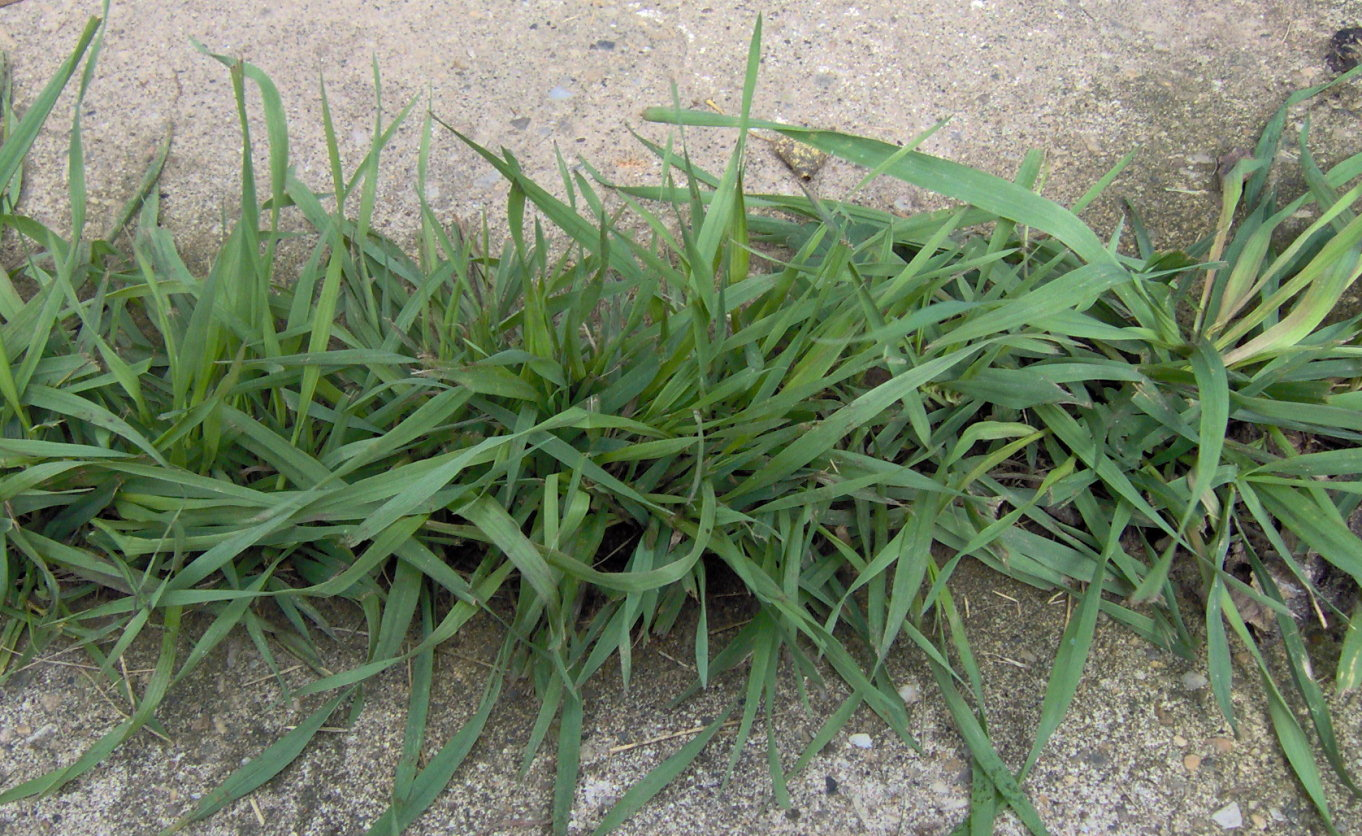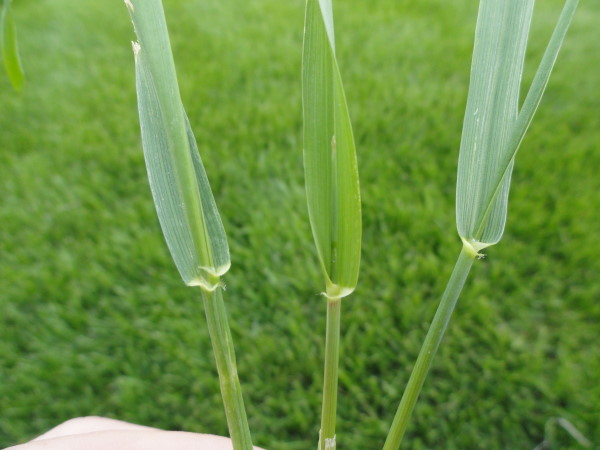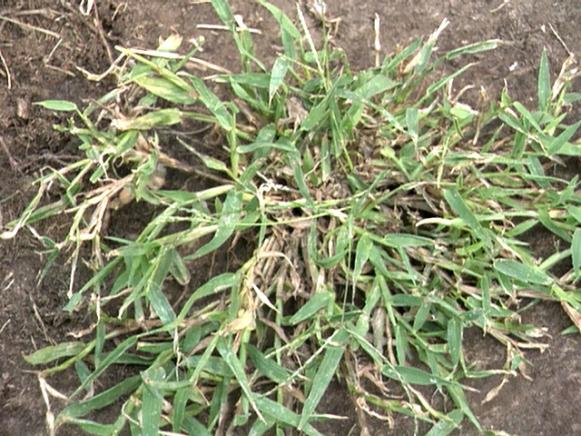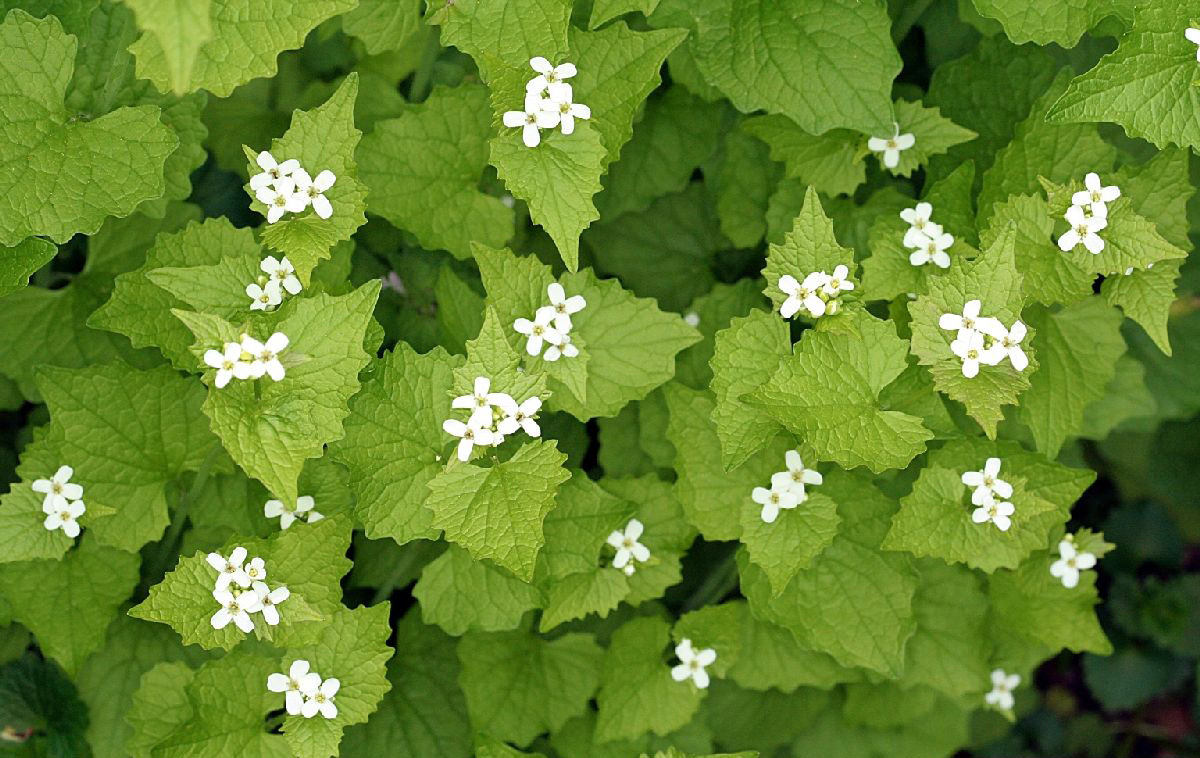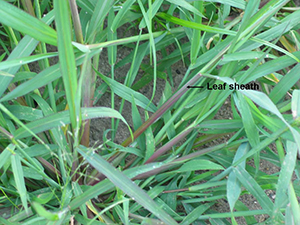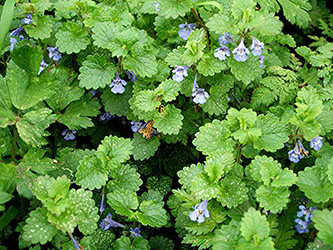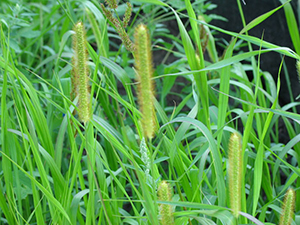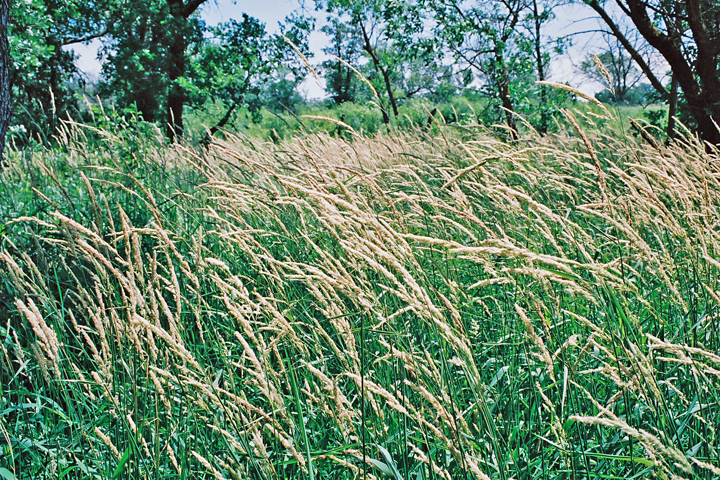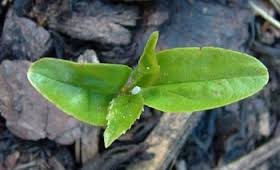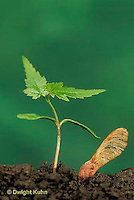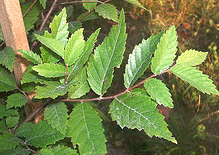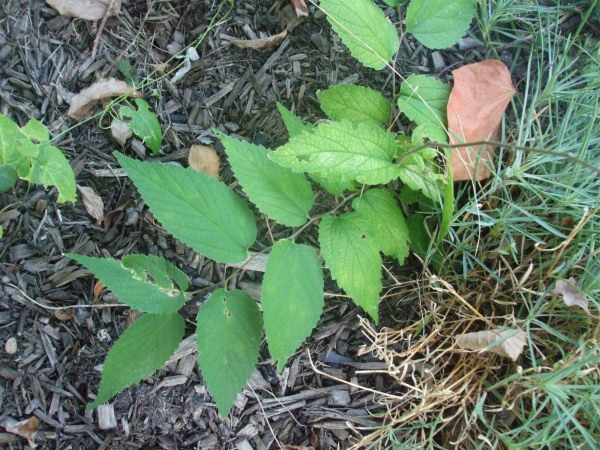Weeds. They can be daunting at times, especially when you’re looking at your garden or yard thinking, these can’t ALL be weeds, can they?! Weeds can be tricky to identify, so the first step is knowing what those common weeds look like. Generally, weeds are split into two categories: cool season weeds, and warm season weeds. We’re well into the warm season now, so I’ll cover the common ‘warm season’ weeds below. However, if you want to know more about cool-season weeds, check out our blog post on that.
In general, our recommended weed-elimination method is hand pulling. I know, it can be a lot of work, but it’s also an excuse to spend nice summer evenings outside creating a beautiful garden without the use of chemicals.
Quackgrass: Hard to eliminate perennial grass. Be careful not to break the rhizomes when you dig it up, or you’ll have hundreds of new shoots.
Crab Grass: Spreads by seed with a high germination rate.
Garlic Mustard: A prohibited noxious weed that should be controlled by pulling.
Barnyard Grass: A vigorous competitor for space and nutrients, you should hoe young plants before they form seeds.
Common Ragweed: Best to hoe or hand-weed young plants.
Creeping Charlie: Pull early or use a dethatching rake.
Foxtail: Pull these before your dogs get to them. Dry plant heads often wind up stuck to pets’ skin.
Reed Canary Grass: Typically grows in wetlands but can pop up in wet areas of gardens as well.
Volunteer Trees: These are often the most prevalent weeds in a garden, especially if you have a nearby tree! If you’re not up for removing the seeds when they first fall, you may have quite a few volunteer trees to pull throughout the summer.
Ash Seedling
Maple Seedling
Elm Seedling
Hackberry Seedling
Buckthorn Seedling
